Affiliate links on Android Authority may earn us a commission. Learn more.
What to expect from smartphone cameras in 2020
December 23, 2019
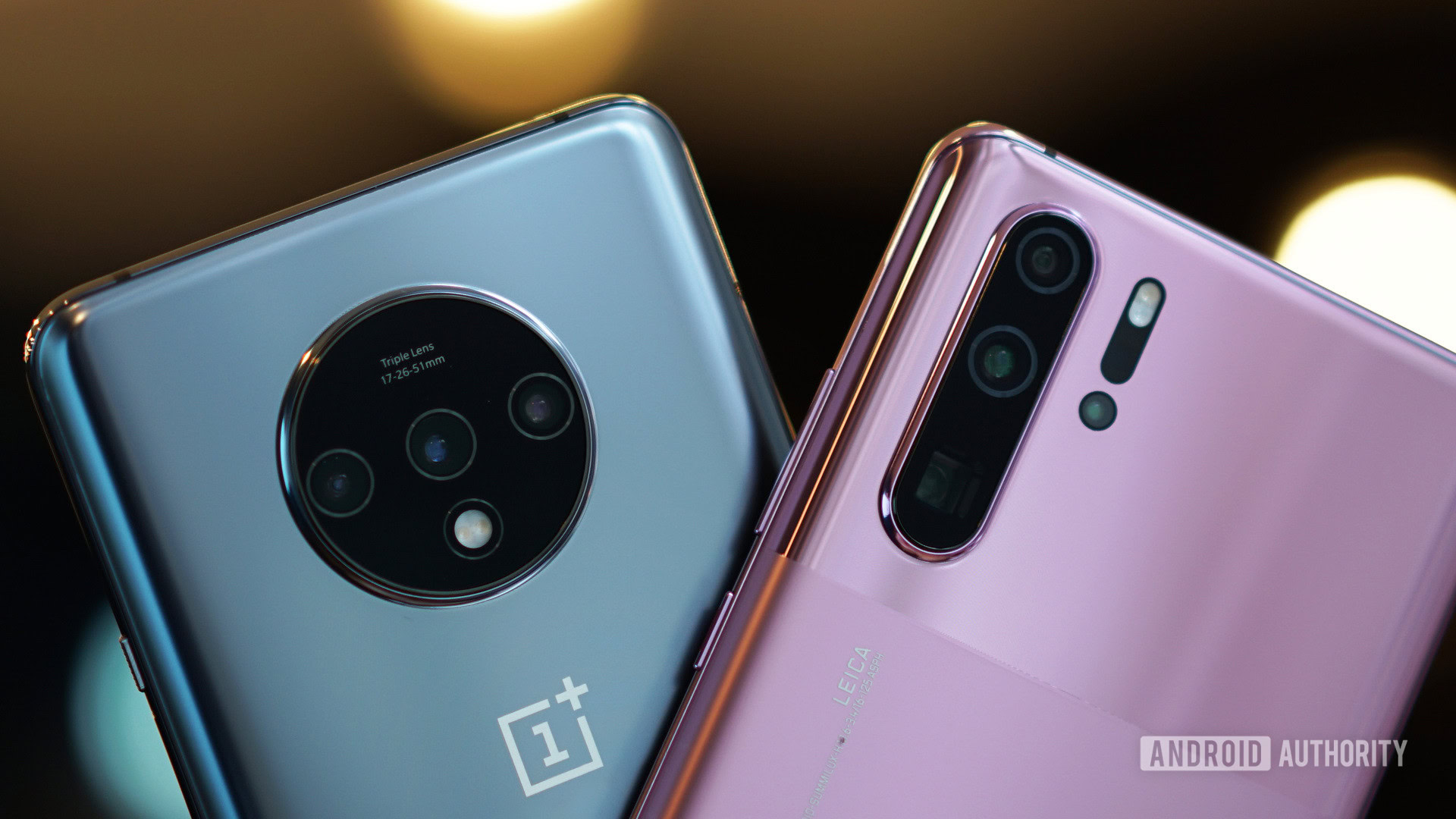
In 2019, photography capabilities are, arguably, the determining factor when consumers go looking for their next smartphone.
This year’s flagship phones produced a number of photography firsts and aimed to win public adoration by taking the very best pictures. Looking at some of the year’s best shooters, including the Google Pixel 4, HUAWEI Mate 30 Pro, and the Apple iPhone 11, it’s clear that there are a few different methods to capture great-looking pictures.
2020 will continue this trend in mobile photography, accelerating advancements in high-resolution sensor hardware, optical zoom capabilities, and computational photography. It will be through a combination of top-tier hardware and software that 2020’s best smartphones stand out from the crowd of increasingly capable mobile cameras.
However, you probably won’t have to spend a fortune to grab a decent camera phone either. Last year’s flagship photography capabilities will soon be this year’s affordable features.
Here’s what you can expect from smartphone cameras in 2020.
The resolution wars continue
One of 2019’s defining trends in mobile photography was the growing adoption of high-resolution camera sensors. 2018’s 40MP HUAWEI P20 Pro was a certified outlier, but in 2019 48MP and 64MP sensors are quite normal. We even had our first 108MP smartphone, with the affordable Xiaomi Mi Note 10. The underlying technology that made this all possible is quad-CFA, quad-Bayer, or “pixel-binning” camera sensors. Whichever you prefer to call it.
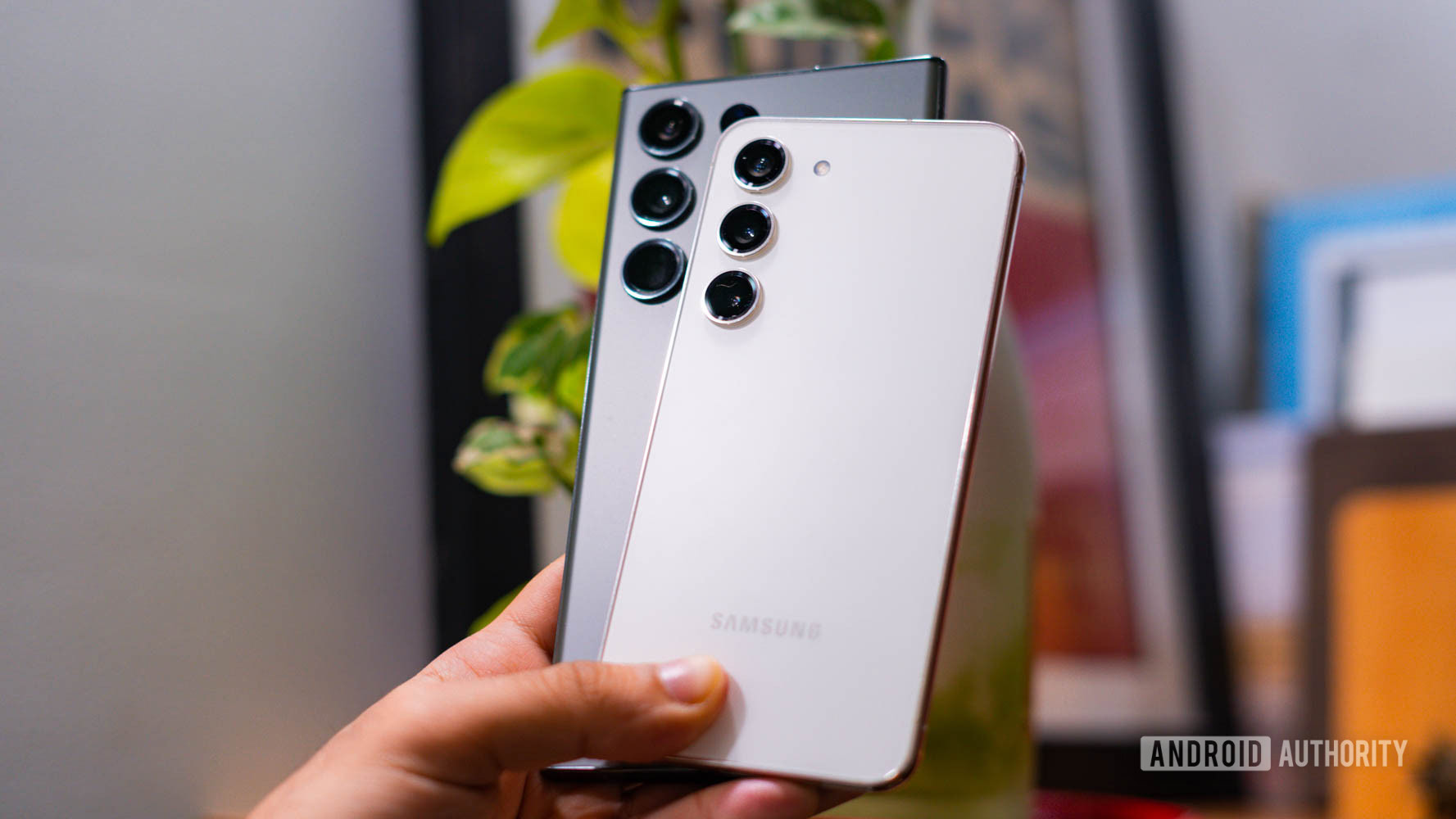
Even 108MP may be seen as normal or even modest in 2020. If rumors are true, the Samsung Galaxy S11 is set to ship with the company’s own 108MP sensor with 9-to-1 pixel binning technology. Samsung is also working on a 144MP camera sensor with 0.7um pixel sizes. Furthermore, Qualcomm touts support for up to 200MP sensors with its Snapdragon 865 processor and noted that sensor hardware is in the works to make this a reality. Brace yourself for the megapixel wars to kick into full swing in 2020.
Crazy, Samsung is planning to use a 14nm process to make 144MP sensors. pic.twitter.com/H9PvLUuqYY— Ice universe (@UniverseIce) December 16, 2019
While we’ve been keen to point out that resolution is in fact just a very small part of the mobile photography picture, these huge megapixel counts are having some positive effect on the quality of smartphone pictures. Even though the individual pixels may be small, the size of these camera sensors is beginning to creep up. Larger sensors capture more overall light. This means more detail and better low-light pictures when shooting in the pixel-binned or lower-resolution modes.
With 4×4 and 8×8 pixel binning on the horizon, these high-resolution sensors could actually turn out to produce good low-light pictures, providing that the overall sensor sizes increase proportionally. Although you then have to start questioning whether such sensors are capable of capturing anything close to their listed resolution. Ultimately, be sure to check out real-world examples first and don’t buy into the resolution numbers game.
Read more: Don’t fall for the 100MP camera hype
Faster, more accurate auto-focus
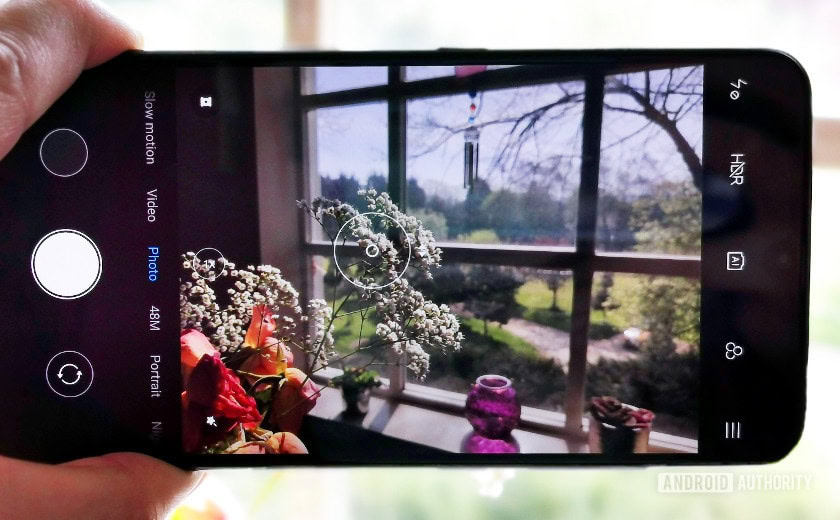
Auto-focus technology isn’t something we complain about very much in smartphones, and it’s hardly the most attractive tagline to try to sell products with. However, it’s a super-important camera feature when it comes to capturing the best looking motion action shots, recording video, and even ensuring that your landscape pictures are crisp and clear.
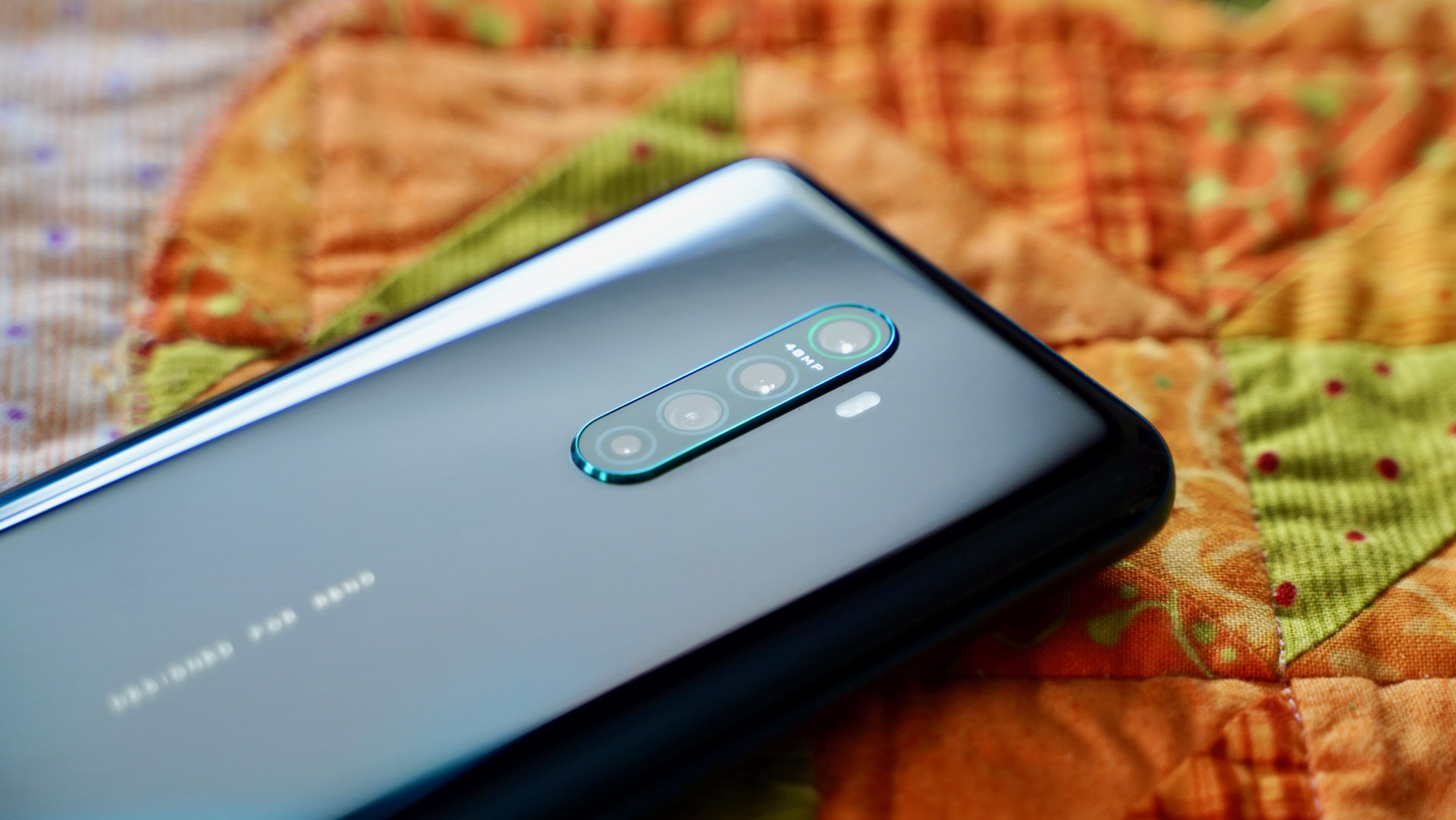
High-end 2020 smartphones will begin making use of Sony’s 2×2 On-Chip Lens (OCL) sensor technology, also known as all pixel autofocus. This technology is already heading to the OPPO Find X2. It’s a particularly useful technology for focusing using very high-resolution sensors, like those we mentioned previously. As such, the 2×2 pixel design lends itself to high levels of light sensitivity and simultaneous multiple exposure HDR capture, like that used by HUAWEI.
Currently, high-end smartphones make use of PDAF technology, which uses several focusing diodes located around the sensor. With 2×2 OCL, all of the pixels on the sensor are used for focus detection, improving horizontal autofocus detection as a result. This means that focusing is faster and more accurate than before, while still allowing for great-looking photos even in lower light. Definitely something to look out for in your next smartphone camera.
Super slow-motion and 8K video
960 frames per second slow motion and 8K video capture aren’t brand new concepts to smartphones, but they are about to become a whole lot more popular. Qualcomm’s Snapdragon 865 chip, which will power the majority of 2020’s flagship smartphones, boasts a vastly more powerful image signal processor (ISP) to support these high bandwidth use cases. Although 8K video might be getting a little ahead of mainstream TV trends, early support could help spur on content creation that kickstarts the cycle towards mainstream 8K.
Even if 8K at 30fps doesn’t catch on, next-gen phones will be able to support 4x slow motion at 4K with 120 fps video capture. Furthermore, Snapdragon 865 supports 720p 960fps super slow-motion video. This is all thanks to an ISP that runs much cooler than previous devices, meaning that you can shoot high-resolution or slow-motion video without a time limit. 960fps is arguably a bit too slow to actually be useful but goes to show the range of video shooting options available in 2020 handsets.
Read also: Maybe don’t buy into the 8K video recording hype yet
This extra video flexibility will give content creators some great pocket tools to flex their creative muscles.
“AI” photography becomes smarter
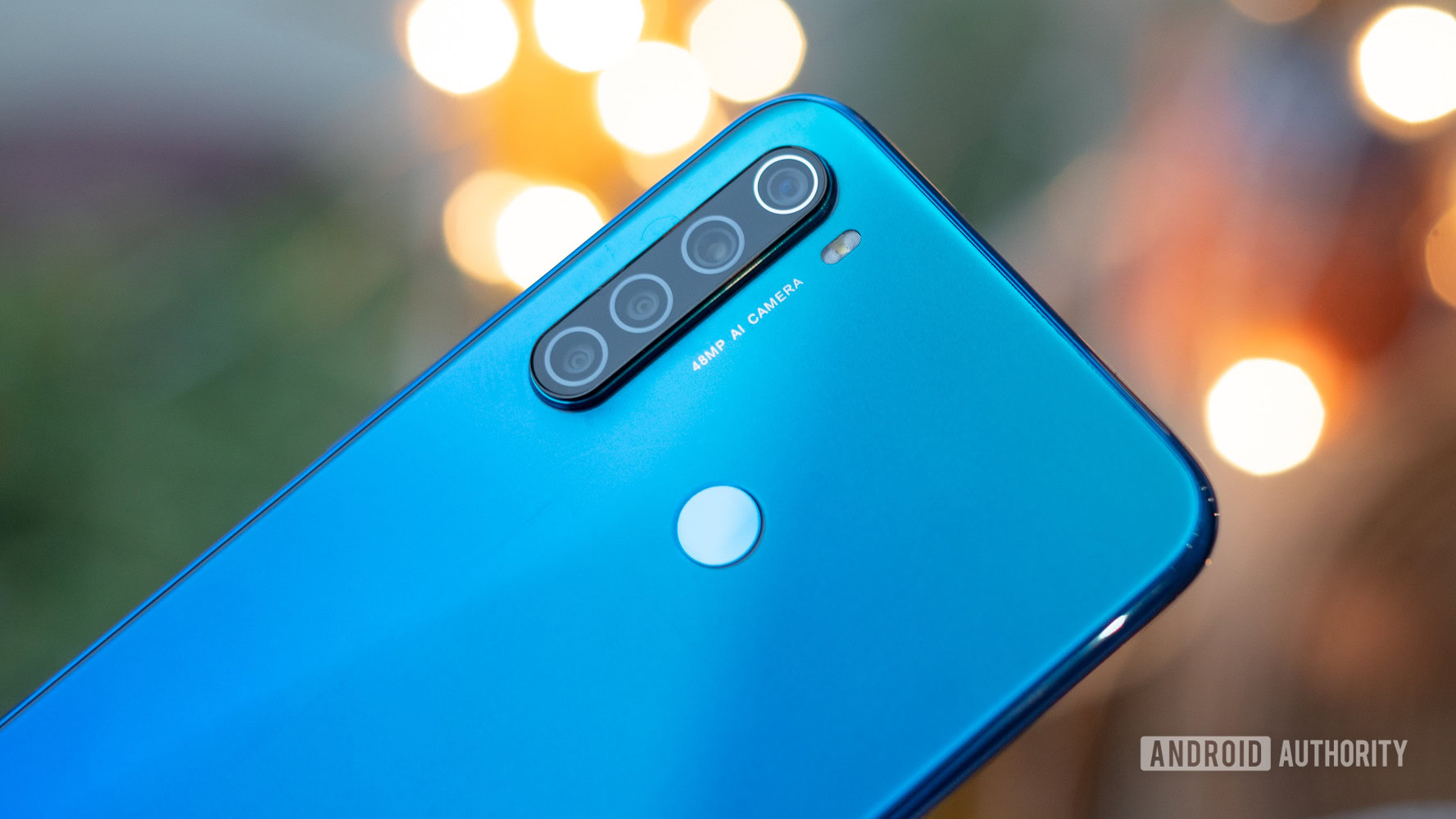
AI cameras, or computational photography if you prefer, are a staple of the modern smartphone market. From flagship phones from HUAWEI and Google to affordable handsets from Xiaomi and OPPO, nearly every smartphone brand has promised some form of intelligence to help make your pictures look better.
While many of the early scene-based color boosting algorithms were clearly superficial, computational photography techniques have quickly grown into essential camera features. We’re expecting a lot more of them to show up next year as AI and ISP hardware becomes even more powerful.
The Google Pixel 4 always makes for a good example when talking about computational photography. While the phone’s astrophotography mode might be a bit of a niche, it showcases an early example of next-gen computational photography called semantic segmentation. Google uses it to pick out the sky in a night scene and then apply multiple exposure processing to bring out the stars without overexposing the rest of the image. However, semantic segmentation can also be used to differentiate between parts of the scene like skin, clothes and more, and apply different processing to each. The potential improvements range from color enhancements, sharpening, exposure, and filters to make a picture look its best.
Enhanced AI processing doesn’t have to take the form of a major consumer-facing feature though. Machine learning-based denoise algorithms are increasingly used to clean up images in low light without sacrificing too much detail. Likewise, super-resolution zooms based on neural network detail reclamation are enabling digital zooms at 2x and beyond to appear virtually indistinguishable from their optical equivalents.
Early examples of computational photography, such as multi-frame HDR, night modes, and software bokeh for portraits are now considered standard in modern smartphones, even at more affordable price points. These features were cutting edge just a couple of years ago and we’ll soon be talking about ideas like semantic segmentation, object detection, and machine learning-based imagery in the same manner.
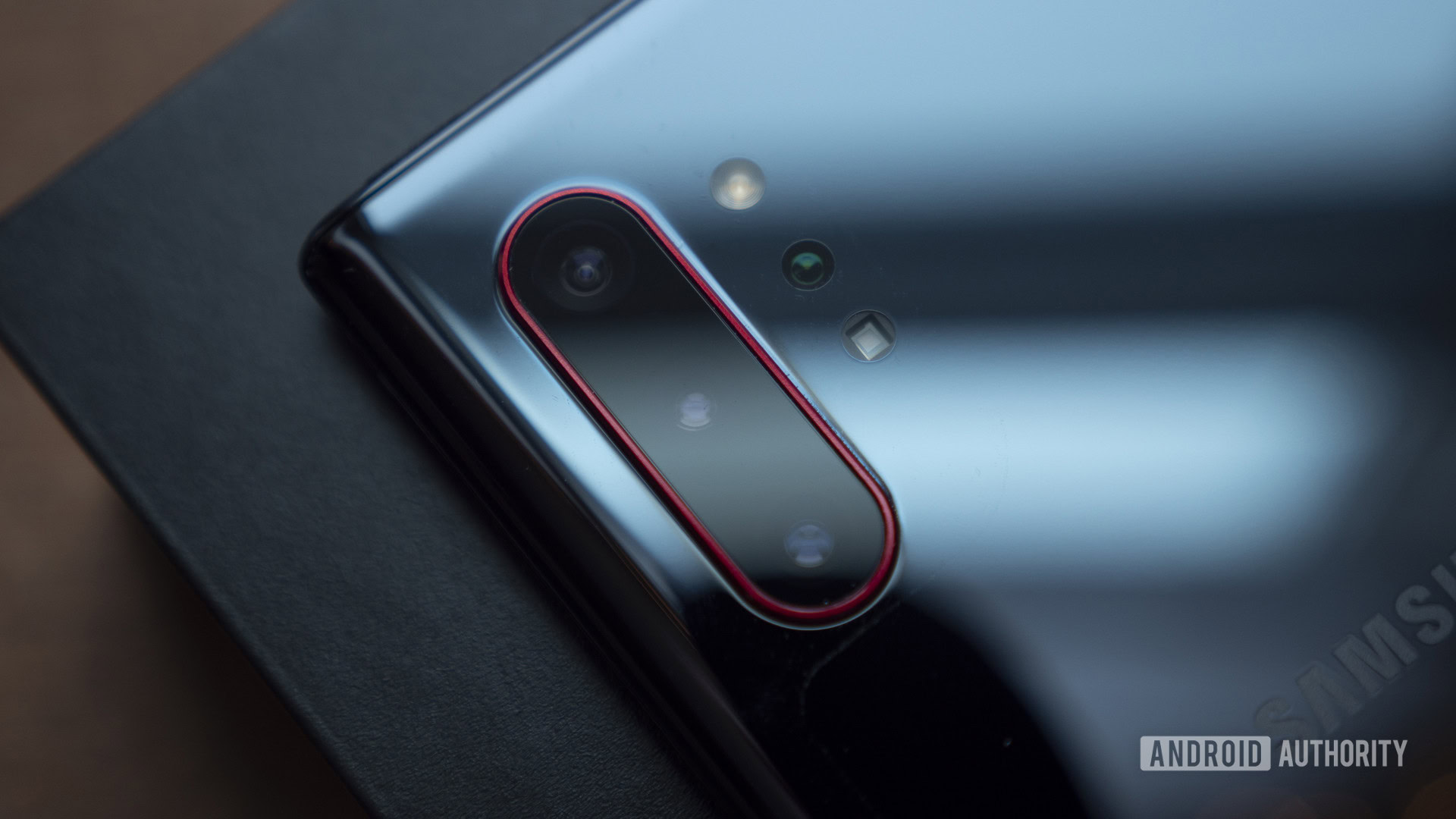
Zoom zoom zoom
In somewhat of an oddity towards the tail end of 2019, some smartphones began including two optical zoom cameras. The Xiaomi Mi Note 10 kickstarted this idea with two telephoto cameras for close and long-range zoom. vivo has since followed suit with the X30 Pro 5G, offering 2x and 5x zoom capabilities.
The idea is quite simple. Additional cameras at different zoom levels fill in the quality gap between the main camera and the long-range telephoto lens. An extra optical camera set at 2x or 3x avoids reliance on the dubious quality of digital and hybrid zooms when moving between min and max zoom.
It’s a neat idea, but not one I’m too sure will catch on across all price segments. The growth of high-res main cameras and improvements to super-resolution zoom algorithms means that high-end smartphones with advanced processing capabilities might get by on high-quality software zooms. However, in devices with more limited processors, an extra telephoto camera is a cost-effective way to boost zoom quality.
Great cameras sell smartphones
The size constraints of the smartphone form factor continue to drive major innovations in mobile camera capabilities. Both hardware and software fronts are set to improve once more in 2020, with high-resolution sensors and machine learning-based algorithms likely to play the biggest roles. Incremental improvements to other components, such as lenses, post-processing algorithms, and user-facing apps will play their more subtle part in improving the experience too.
2018 and 2019’s trends for triple and quad-camera setups aren’t going to disappear any time soon. Shooting flexibility is a major differentiator across all selling points, so those wide-angle and 5x optical zoom lenses will still be part of the picture in 2020. However, the focus appears to be returning to the main camera once more, with promises of more detail, better low-light capture, and AI-enhanced imaging.
Read next: 10 smartphone photography accessories: Take your photos to the next level!
There are plenty of great phone cameras already on the market, but I’m waiting to see what 2020 has in store before upgrading.
Thank you for being part of our community. Read our Comment Policy before posting.